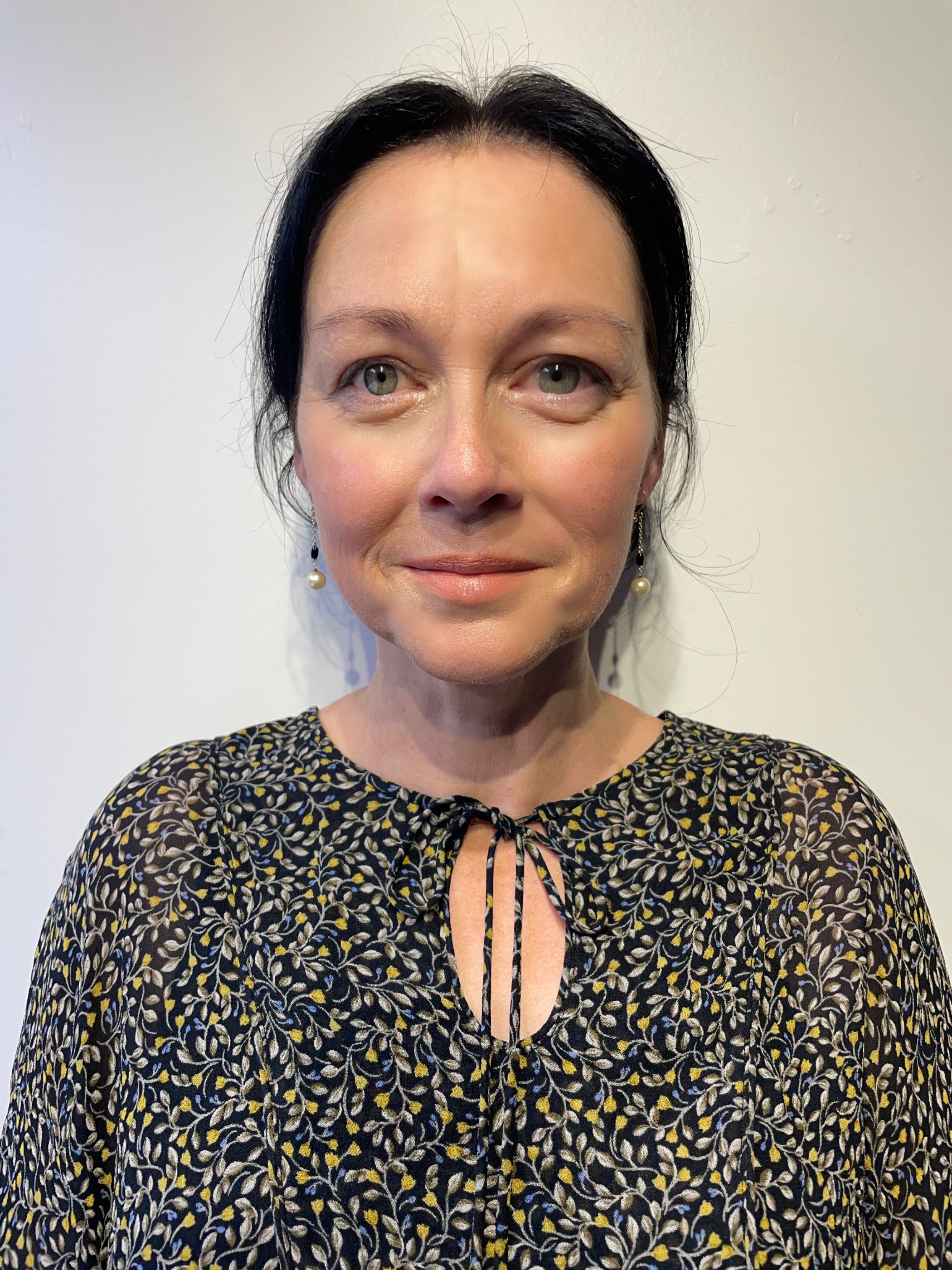Donna Cleveland
@aut.ac.nz
Associate Head of Learning and Teaching, School of Future Environments
Auckland University of Technology
Dr Donna Cleveland is currently the Head of Learning and Teaching for the School of Future Environments. Donna is also the Programme Director for the Bachelor of Creative Technologies and a Senior Lecturer on the Bachelor of Creative Technologies Programme within the School of Future Environments at Auckland University of Technology. Donna teaches design theory and practice across a multitude of disciplinary subjects. Donna is passionate about student-led learning and excited to be involved in the education of emerging designers. Donna practices interactive strategies for learning, demonstrates critical thinking in design education, engages culture in learning and is committed to developing innovative and engaging styles of learning and teaching.
Scopus Publications
Scholar Citations
Scholar h-index
Scholar i10-index
Scopus Publications
Rajkishore Nayak, Donna Cleveland, and Frances Joseph
Elsevier BV
Long Thang Van Nguyen, Donna Cleveland, Chi Tran Mai Nguyen, and Corinna Joyce
Emerald
PurposeThis study explores how problem-based learning (PBL) programs can address Sustainable Development Goals (SDGs) via the higher education (HE) curriculum, teaching materials and relevant assessments, supporting learning at scale for HE institutions.Design/methodology/approachEmploying SDGs and their indicators as the coding framework, our two-phase study evaluates the curriculum and teaching materials of seven PBL programs at a leading higher education institution (HEI). The first phase involved a content analysis to assess the degree of sustainability integration in 156 relevant courses. The second phase applied a semi-automated mapping protocol to analyze learning and teaching materials in 120 relevant courses.FindingsThe school aligns with 17 SDGs (100%), covering 94 indicators (55.62%). On average, each program within the school addresses over ten of these goals and incorporates more than 24 associated indicators. However, the study reveals an imbalance in the incorporation of SDGs, with some goals not yet deeply and comprehensively embedded in the curriculum. While there is a substantial focus on sustainability theories, the practical implications of SDGs in emerging countries, particularly through case studies and assessments, require significant enhancement.Practical implicationsMapping SDGs allows HEIs to identify strengths and gaps in SDG integration, thereby improving the PBL approach to enhance student work readiness in sustainability-focused careers.Originality/valueThrough the lens of transformative learning theory, this study provides evidence of SDG integration into PBL curricula. It highlights a mapping methodology that enables HEIs to evaluate their sustainability readiness in curriculum, teaching materials and relevant assessments.
Rajkishore Nayak, Donna Cleveland, Giang Tran, and Frances Joseph
Springer Science and Business Media LLC
AbstractThe fashion and textile manufacturing sectors are increasingly focusing on innovative raw materials that are renewable and biodegradable. Such materials not only mitigate environmental impacts but also prevent resource depletion. Bacterial cellulose (BC) has emerged as a prime candidate, derivable from a variety of natural ingredients such as tea and coffee in addition to a sugar source in presence of the bacterial microorganisms. Numerous studies have established the potential of BC in future fashion, and some brands have already started to utilise BC as a sustainable raw material. The applications of BC ranges from basic clothing and accessories to wearable electronics. This paper discusses the scope of BC in fashion and textiles, positioning it as a sustainable alternative to conventional materials. We present a comprehensive scoping review, covering the unique properties of BC, the factors influencing its production, and its applications in textile, clothing, and footwear over the past decade. The advantages of BC in fashion are manifold: zero-waste manufacturing, reliance on renewable sources, diminished environmental pollution, and biodegradability. Furthermore, the use of BC aligns with United Nations Sustainable Development Goals 6, 7, 12, 13 and 15. However, there exist challenges pertaining to production costs, scalability, and quality, in addition to the imperative of harnessing food waste streams instead of contending for human food resources. Addressing these challenges is vital to cement BC’s position as a pivotal sustainable material in future fashion.
Aleksandra Novikova, Frances Joseph, and Donna Cleveland
Informa UK Limited
Mitali Nautiyal, Frances Joseph, Amabel Hunting, and Donna Cleveland
Informa UK Limited
Mitali Nautiyal, Amabel Hunting, Frances Joseph, and Donna Cleveland
MDPI AG
Throughout a garment’s life cycle, the use and end-of-life phases are crucial in determining its environmental impact, due to the resources that would be utilised and waste produced during maintenance and disposal. Consumption patterns differ among countries and cultures; however, in New Zealand, there is limited published information to date. To address this gap, an anonymous online poll was conducted examining laundry practices, lifetime wear events and disposal practices for woollen and synthetic-blend knitted jumpers, which are predominantly used as winter clothing in New Zealand. The survey revealed considerable differences in the ways woollen and synthetic garments were worn, maintained and discarded. Over its lifetime, although woollen garments were worn a greater number of times, they were washed less. At the end of life, both types of jumpers showed significant reuse percentages. This information is useful for accurately modelling the inventory needed for assessing the environmental implication of apparel, using the life cycle assessment (LCA) methodology. By comparing New Zealand’s washing and disposal practises to those of other countries, this study found significant differences, highlighting the need for country-specific data for future LCAs.

